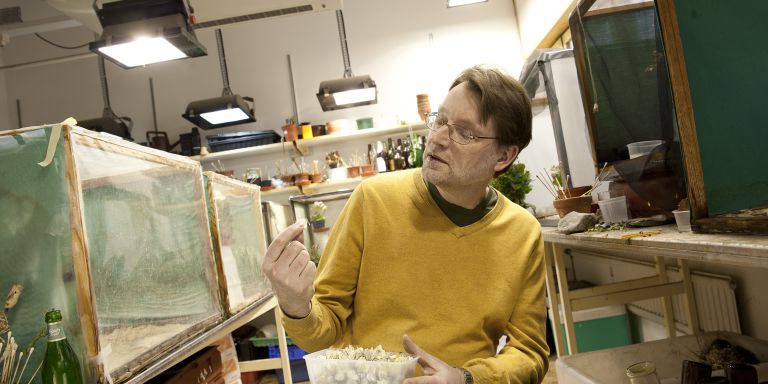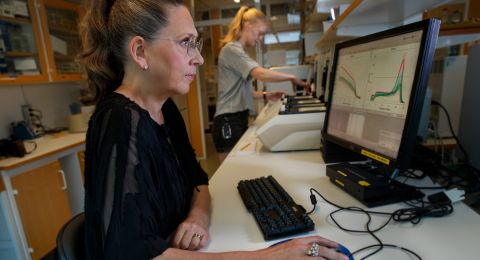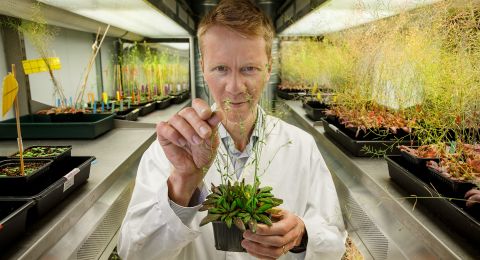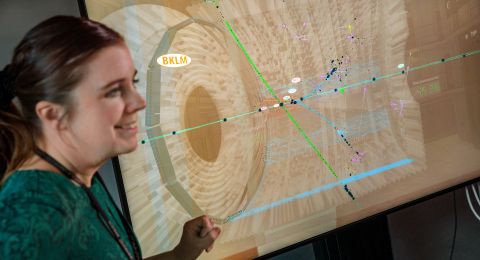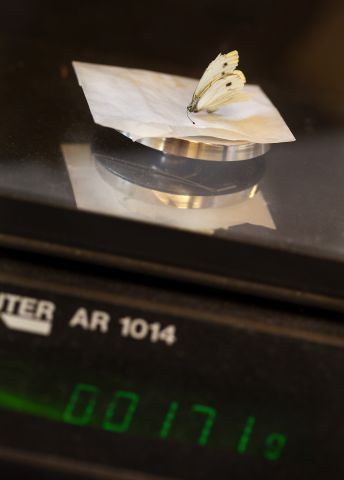
Project Grants 2012
Insect life cycle genomics and adaptation in the wild
Principal investigator:
Sören Nylin, Professor of Ecology
Co-investigators:
Christopher W. Wheat
Olof Leimar
Dick Nässel
Christer Wiklund
Uli Theopold
Karl Gotthard
Institution:
Stockholm University
Grant in SEK:
SEK 30 million over five years
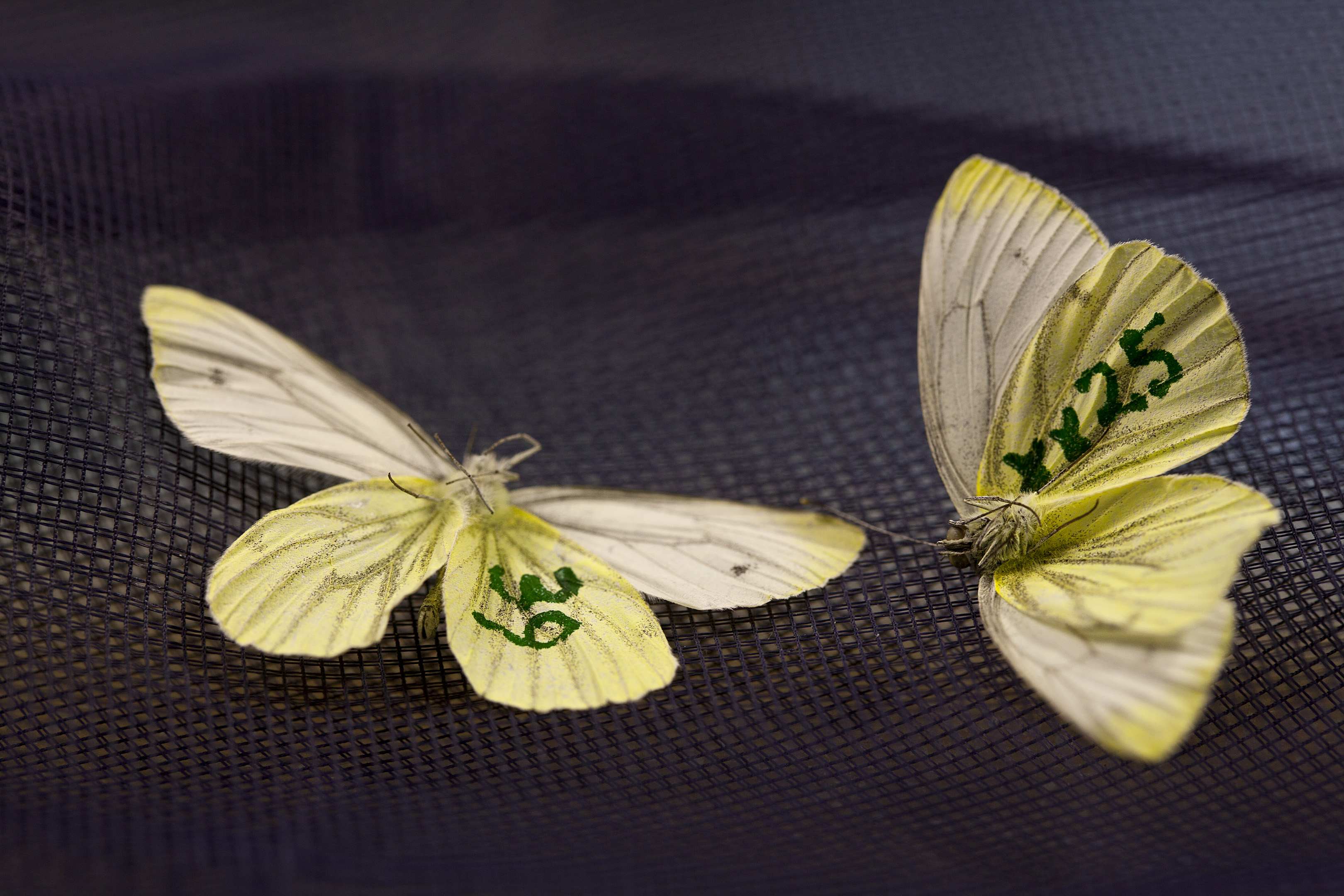
It is winter and not very lively in the cages at the Department of Zoology at Stockholm University. Most butterflies that spend winter in the laboratory are pupae and are in a cold room. Left in the cages are a few lonely flowers that the researchers usually coat with sugar water. They are waiting on new butterflies. In the summer, the researchers will begin a new project; the largest yet in the Department's history. They have received more than SEK 30 million from the Knut and Alice Wallenberg Foundation in order to study the intricate interaction between genes and environment in the smallest detail.
“We want to understand how the adaptation in nature works and how various characteristics are adapted to each other,” says Sören Nylin, Professor of Ecology, who is coordinating the project.
The winter hibernation is controlled by the length of the night
The characteristic that researchers will initially investigate is the ability to enter winter hibernation, or as it is called when insects are concerned: to enter diapause. Individuals of a single species are of varying sensitivities to the length of the day. Spanish green-veined white butterflies stay in the pupal stage and enter winter dormancy when the day is around 12 hours long, while their counterparts in northern Sweden begin to slow their metabolism when the day is still 17-18 hours long.
“The further north you go, the longer the days are in the summer and the higher the threshold is for diapause,” says Sören Nylin.

The goal is now to find out how this adaptation takes place. What genes are involved? How do they control the organism? How can it work so differently in the same species?
In order to answer these questions, the researchers will catch butterflies from Abisko in the north and Barcelona in the south. They will also collect butterflies that live on the same line of latitude, but where some live close to the coast and others come from higher elevations inland.
“Butterflies that live inland enter diapause earlier since the winter comes earlier there than at the coast. They are adapted to the local climate,” says Sören Nylin.
At the laboratory, the northern Swedish and the Spanish butterflies will then be crossed, and the coastal and inland butterflies will be crossed. The offspring will enter diapause at varying day lengths and using these offspring, the researchers will look for the genes that are involved in the process.
Fruit flies have developed a new diapause
In parallel with this, the colleagues one floor down at the Department of Zoology will investigate the same phenomenon in fruit flies. For more than a century, researchers have experimented with the genes of fruit flies and their characteristics. The flies originally come from tropical areas and actually have no real diapause. But the species has spread out from Africa and adapted to a colder climate. Therefore, they are now dormant some places in the winter.
“There are breeds that have been collected in the northern US that have a kind of primitive diapause,” says Sören Nylin.
The comparisons between fruit flies and butterflies may tell the researchers if there are general mechanisms that control the diapause.
A pause from death
Besides identifying which genes are involved in the winter dormancy, the researchers will investigate how other characteristics are adapted to a short or long diapause. For example, research shows that having an active immune system is important so that various microorganisms do not kill the dormant pupae.
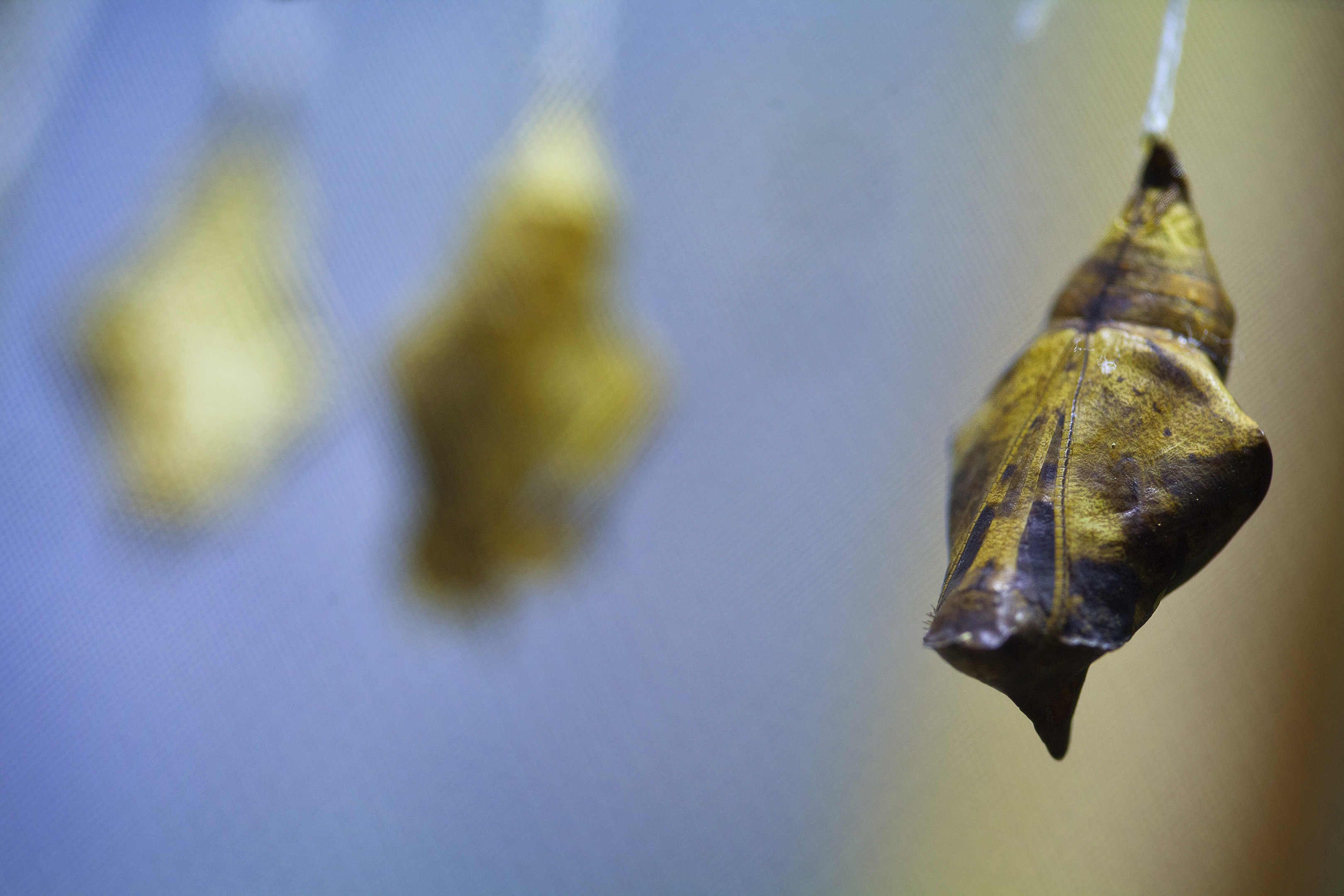
“The pupae in the north have a longer diapause. They then might need a stronger immune system,” says Sören Nylin.
Another idea is that the project might possibly provide clues to which genes are involved in aging.
“It seems as if time nearly stands still in diapause. A butterfly that has had a ten-month winter dormancy lives just as long after this as other butterflies that have not been in diapause,” says Sören Nylin.
The project will involve a large number of successful insect researchers at Stockholm University.
“What is unique about this project is that so many different kinds of experts are involved. There are ecologists, behavioral science biologists, physiologists, neurobiologists and molecular biologists,” says Sören Nylin.
This is the first time that insect researchers at the university from such different research emphases are conducting a project together. They hope that the collaboration over the disciplinary boundaries will lead to new insights.
“It is really exciting. The entire department is involved in this,” says Sören Nylin.
Text Ann Fernholm
Translation Semantix
Photo Magnus Bergström
